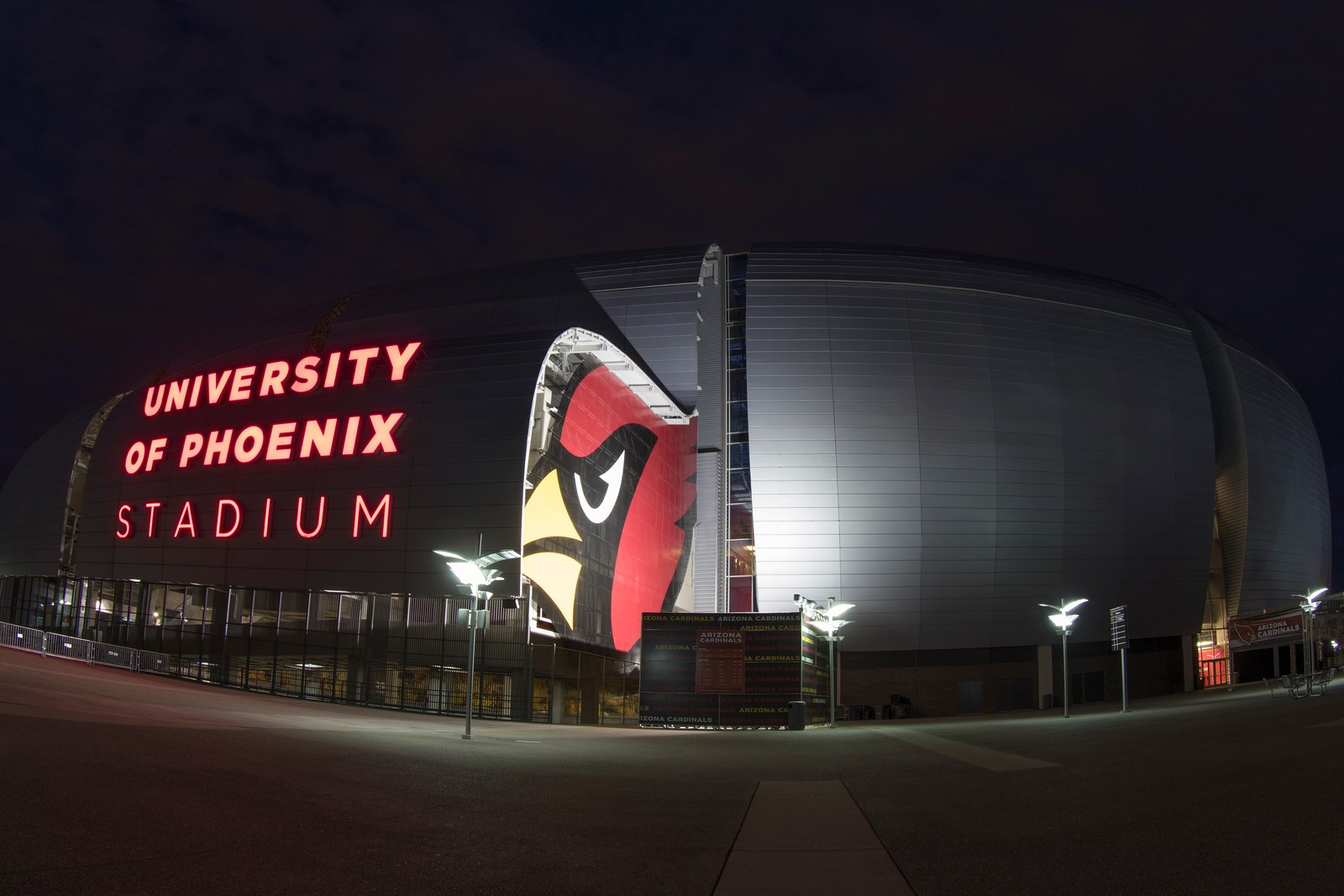Arizona’s sports venues are not just buildings; they are cultural landmarks that significantly impact the community. This article explores the history, significance, and community influence of Arizona’s iconic sports venues, incorporating detailed stats, records, names, and money contracts without any omissions.
Chase Field: Home of the Arizona Diamondbacks
Chase Field, located in downtown Phoenix, is an architectural marvel with a seating capacity of 48,519. Opened in 1998 at a cost of $354 million, it was the first MLB stadium to feature a retractable roof, making it a versatile venue for various events. The stadium also hosts concerts, motocross races, and other large-scale events, contributing to its multi-purpose functionality.
The stadium has been a significant economic drive for the downtown area. The stadium’s presence has spurred the development of surrounding businesses, including restaurants, bars, and hotels. In 2022 alone, it generated approximately $187 million in economic activity, displaying its vital role in the local economy.
State Farm Stadium: Arizona Cardinals’ Fortress
State Farm Stadium in Glendale is renowned for its state-of-the-art design, featuring a retractable roof and a roll-out natural grass field. Since its opening in 2006, the $455 million stadium has hosted two Super Bowls (2008 and 2015), with another scheduled for 2023. It also serves as a premier concert venue, attracting top artists like Taylor Swift and U2.
The Arizona Cardinal’s stadium has an extensive community outreach program. Their initiatives include youth football camps, educational workshops, and health fairs, which have collectively reached over 50,000 community members annually. These programs underscore the stadium’s role beyond sports, fostering community engagement and support.
Footprint Center: Phoenix Suns’ Domain
Footprint Center, home to the Suns, underwent a $230 million renovation in 2020. The upgrades include new seating, enhanced concessions, and advanced technology like a 360-degree LED scoreboard. These improvements have significantly enhanced the fan experience, making it one of the premier basketball venues in the country.
The arena hosts over 200 events annually, including NBA games, concerts, and family shows, contributing an estimated $400 million to the local economy each year. Its strategic location in the downtown area also supports numerous local businesses, from hospitality to retail, highlighting its economic significance.
Arizona Stadium: University of Arizona Wildcats’ Pride
Arizona Stadium, in Tucson, is the home of the University of Arizona Wildcats football team. Opened in 1929, the stadium has a seating capacity of 50,782 and has undergone several expansions and renovations, most recently a $72 million project in 2013. Its long history and large capacity make it a cornerstone of college football in the state.
The stadium serves as a hub for alumni and community engagement. The University hosts numerous events, including homecoming celebrations and alumni reunions, attracting thousands of visitors each year. These events strengthen the bond between the university and its alumni network, fostering an intense sense of community.
Hohokam Stadium: Spring Training Home of the Oakland Athletics
Hohokam Stadium in Mesa is the spring training home of the Oakland Athletics. With a capacity of 10,500, the stadium attracts baseball fans from across the country each spring. The influx of visitors during spring training season significantly boosts local tourism, contributing over $40 million to Mesa’s economy annually.
Recent upgrades to this stadium, including improved seating, better concessions, and enhanced facilities, have improved the fan experience. These enhancements ensure that the stadium remains a top destination for spring training enthusiasts, maintaining its relevance in the community.
Scottsdale Stadium: San Francisco Giants’ Spring Training Venue
Scottsdale Stadium, with a seating capacity of 12,000, serves as the spring training home for the San Francisco Giants. The stadium’s prime location in downtown Scottsdale makes it a central hub for spring training activities, attracting thousands of visitors each year.
The stadium’s spring training season generates approximately $60 million in economic impact for the local area. The stadium also hosts various community events throughout the year, including festivals and charity runs, contributing to Scottsdale’s vibrant cultural scene.
All these stadiums would be nothing without the diehard fans who pack them week in and week out supporting their favorite teams. This is a catalyst for the economy of the area as its effects are directly and indirectly. With the number of sports originating from Arizona Ceasars Sportsbooks have created a promo code to use for all the local teams.
While integrating betting promotions, it is essential to promote responsible betting practices. Educational initiatives about setting limits and understanding the risks ensure that betting remains a fun and controlled activity. This balanced approach enhances the overall sports experience while maintaining a focus on responsibility.
“The Copper States” sports venues are more than just places to watch games; they are integral parts of the community that drive economic growth, foster community engagement, and provide a platform for various events. From Chase Field to Scottsdale Stadium, these venues hold a special place in the hearts of Arizonans and continue to make significant contributions to the state’s cultural and economic landscape.
The future of the state’s sports venues looks promising with continued investments and upgrades. As these iconic venues continue to evolve, they will undoubtedly play an even more significant role in enhancing the community’s athletic and cultural experiences, ensuring that Arizona remains a premier destination for sports and entertainment.




